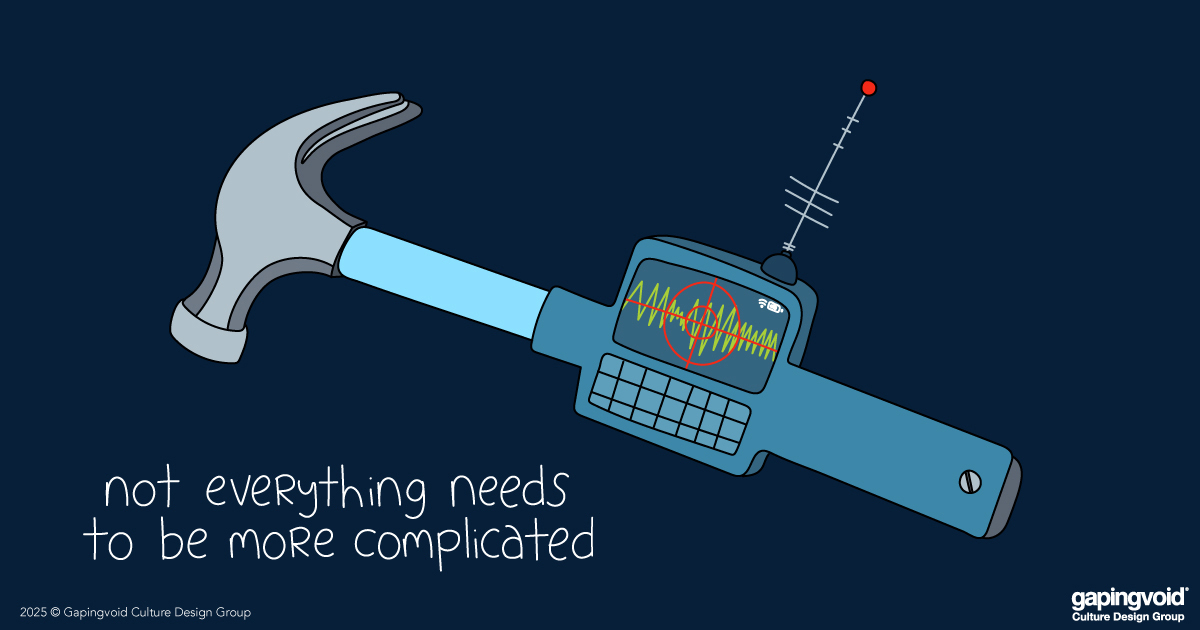Imagine a world where prices of everything go down every year. Rather than prices rising every year, and the need to earn more money every year to keep up, because prices are dropping, things get cheaper and you don’t have to earn more to buy the same items.
The single measure of a free market is declining prices. But wait, the reality we’re seeing is the opposite. Every year prices go up. So does that mean we’re NOT in a free market? Yes, it does.
The system we live in today is not a free market economy. It’s a centrally controlled, debt-based economy engineered to force inflation. Only two key levers need to be manipulated to create an inflationary system:
▶ Centralized Control – The ability to dictate monetary policy, interest rates, and credit expansion.
▶ Infinite Supply – The power to print unlimited money, causing perpetual debasement.
These two factors determine whether an economy is free market (deflationary, equity-based) or centrally controlled (inflationary, debt-based).
A true free market monetary system naturally leads to deflation because:
▶ Money gains purchasing power over time.
▶ Savings increase in value instead of being eroded.
▶ Less need for debt – no borrowing just to keep up with rising prices.
▶ Long-term thinking prevails – no urgency to spend before money loses value.
▶ Innovation thrives – businesses focus on real productivity, not cheap credit.
Life gets easier because a family’s money goes further. Historically, the gold standard (pre-1913) showed this effect—gradual price deflation meant wages could buy more over time. A truly free market would take this principle to its logical extreme.
Under the current system, inflation is engineered:
▶ Prices rise perpetually, forcing people to spend or invest before their money loses value.
▶ Debt is necessary—housing, education, healthcare, and daily living require borrowing.
▶ Short-term thinking prevails—spend now before everything gets more expensive.
▶ Wealth concentrates at the top—central banks inject liquidity into financial assets, benefiting those closest to the money printer.
▶ Boom-bust cycles become the norm—credit expansions lead to bubbles, then crashes.
Life gets harder because people are forced into debt just to maintain their lifestyle. A debt-based economy cannot tolerate deflation. If prices fall, people borrow less, demand slows, and the system collapses under its own debt load.
But what if there was a way to break free from this cycle? What if a monetary system existed that didn’t require inflation to sustain itself?
The key to a true free market is out there—but few are paying attention. More on that soon.
Home » Stop Making Art When You Need Weapons
FREE WEBINARS
for all Financial Advisors
All Times in US-Pacific
About Mark McKenna Little
Mark Little is the ‘regular guy’ Financial Advisor whose unconventional approach to financial services acquired 1,242 clients.
Then in just 34 months he rebuilt his business from the ground up, shattering international records and boosting revenue by 412%
Free Membership includes
- The Only Game In Town: (audio) 10 Game-changing Strategies for Financial Advisors
- Acquiring Successful, Affluent Clients: 10 Critical Lessons for Gaining Affluent Clients
- Become the ‘Most-Trusted’ Financial Advisor: 10 Essential Lessons for Successfully Serving Affluent Clients
- The Kate Wilson Case Study: (audio) Learn how a Real Life Financial Advisor Rapidly Transformed her Practise using Mark’s advice.
- Mark’s Weekly Digest: valuable insights and updates, delivered to your inbox.
(Opt Out any time via any issue)
No credit cards, Unsubscribe any time, No strings attached (just sign up for instant access)


Responses